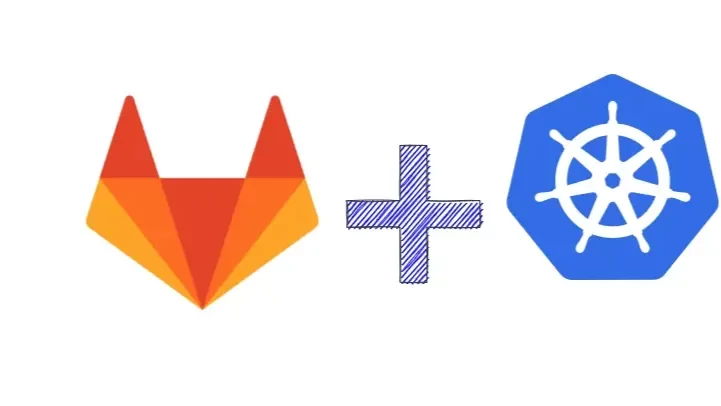12 Years in Open-Source

(To summarize: approximately $8,000)
At the beginning of 2012, I started working on my first open-source project. It was a comet server written in C++.
The idea was simple: create a comet server with an API and a SaaS subscription service. The closest analogy is pusher.com.
I completed the project and even added more features than I originally planned. In synthetic tests, my server handled up to 64,000 simultaneous connections. I invested a significant amount of my time — around 2,000 hours of work, by my estimate.
The project attracted more than 20,000 registrations, and about 1,000 websites actively used my API. However, most of them stayed on the free tier. At its peak, the total number of concurrent WebSocket connections reached 8,000.
My largest client was the Russian federal TV channel OTR, and I even signed a contract with them for technical support.
But financially, the project was almost a complete failure. I wasn’t able to effectively market my solution. Over nearly 12 years, the total revenue from subscriptions amounted to about $8,000 from various users — barely enough to cover hosting costs.
The Reasons:
- I did not have experience in marketing (I’ve since learned a lot, but it took time).
- The process from start to paid subscription was too long.
But What Else Did I Gain?
- I used this project as a topic for my diploma thesis at the institute.
- I received dozens of freelance jobs for developing chats and video chats.
- Over the years, I talked about this project in every job interview, as much as I talked about my other work experience.
- I’m pretty sure this project helped me get a job at cube.dev, where I learned a lot.
The Indirect Benefits
It’s hard to quantify the indirect benefits. But without this project in my portfolio, how much harder would it have been to find work? How much less would I have been paid in my positions?
In Conclusion:
For anyone starting their own project, here’s my advice:
Start! It’s an amazing experience. But if, like me, you hope to earn from it, think about marketing and monetization from the start.

